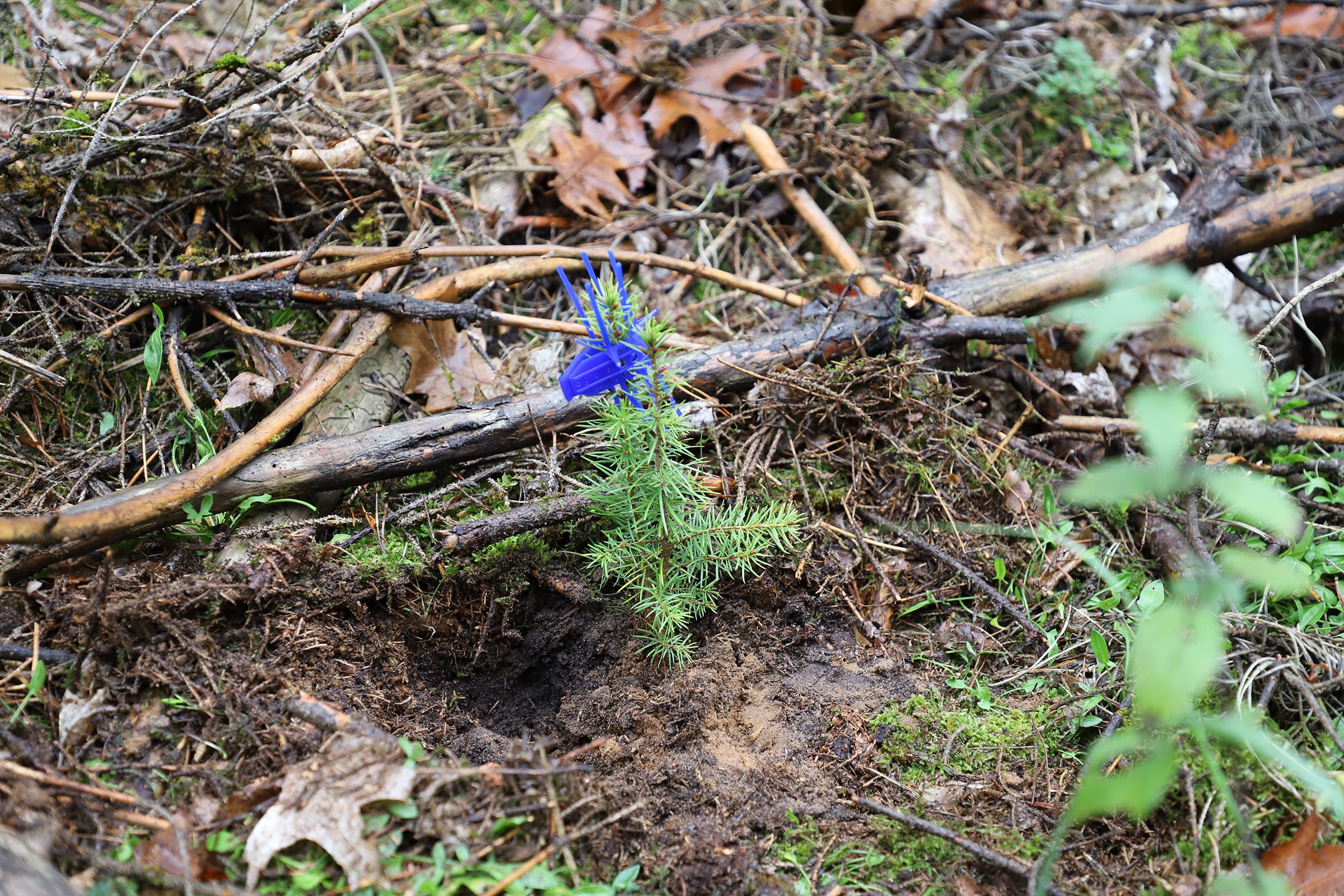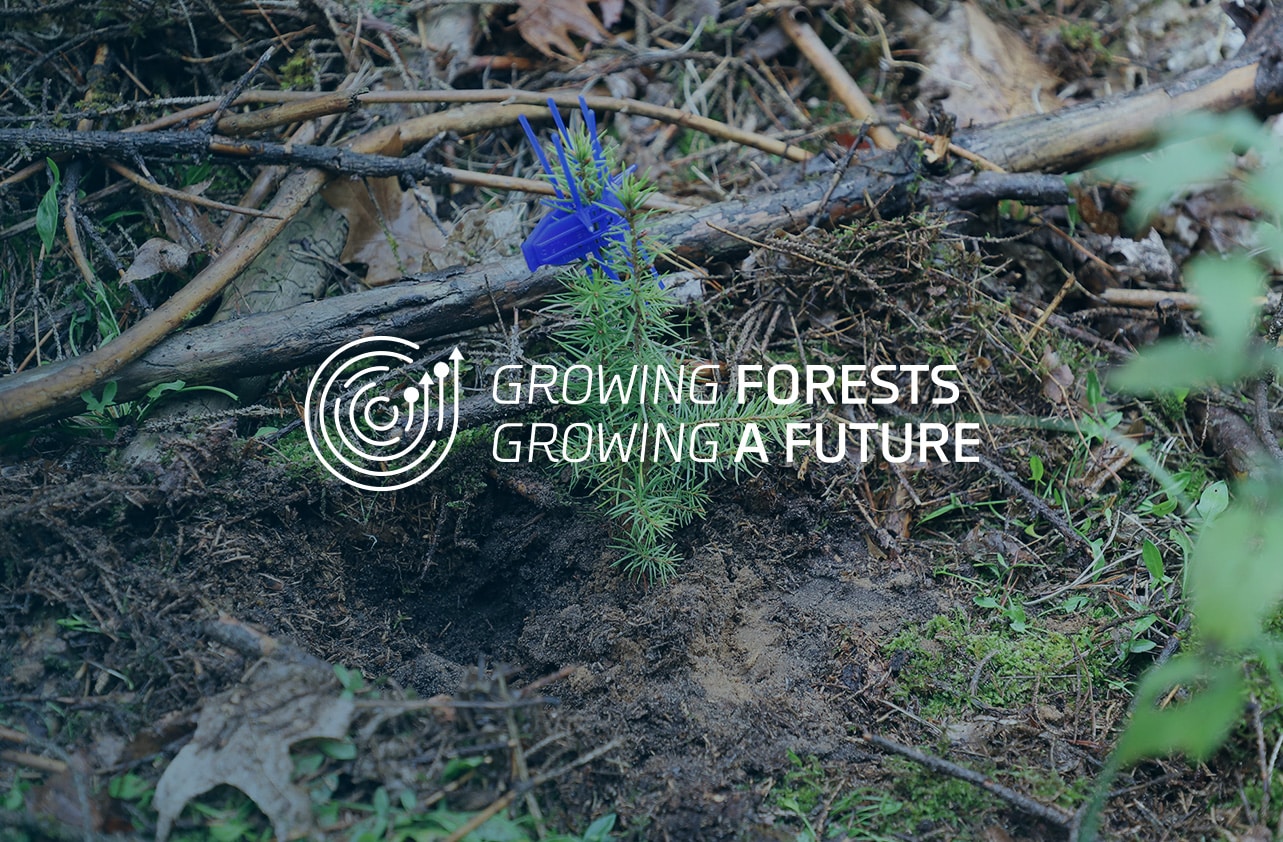Today, eight months into the GFGF programme, we are pleased to report that through our GFGF programme, Mercer Holz has supplied participating forest owners in Germany with more than tens of thousands of trees. Recently, we sat down with Ingo Matthias, the forester of the Stendal District, where our Mercer Stendal pulp mill is located. Ingo oversees several privately owned forests, with owners participating in the GFGF program.
Ingo Matthias has been in forestry since the 1980s, first starting off as an apprentice and eventually becoming a district manager in 1990. Today, he is one of 10 district foresters in caretaking an area of approximate 2000 hectares in Stendal. That’s an area of nearly 3738 football fields.
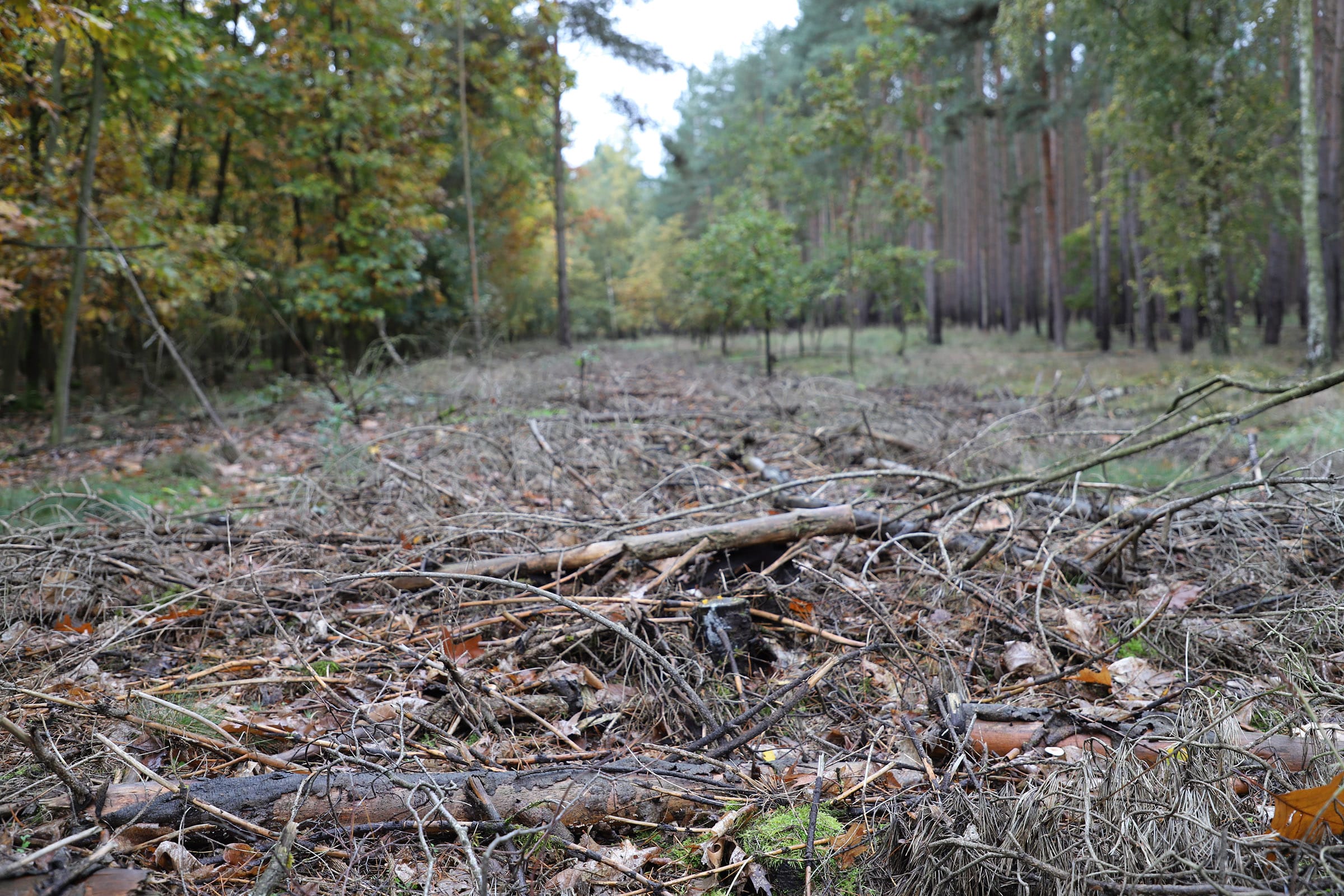
In the Stendal forests, there are pine, oak, Douglas fir and coastal fir, as well as linden and hornbeam. This region has little spruce so the spruce bark beetle isn’t the issue for Ingo. But the effects of drought are keenly felt and seen. The forests are weakened from the 2018-2021 drought, affecting nearly 50-60 ha of forests. In addition to the drought, pine trees also suffer from severe fungal infestation, which leads to the death of the trees.
According to the forester, efforts in the region include reforestation of damaged areas, continued sustainable forest management, introduction of non-native tree species, such as coastal fir and Douglas fir. All this is to ensure our forests are strengthened continuously and deliberately.
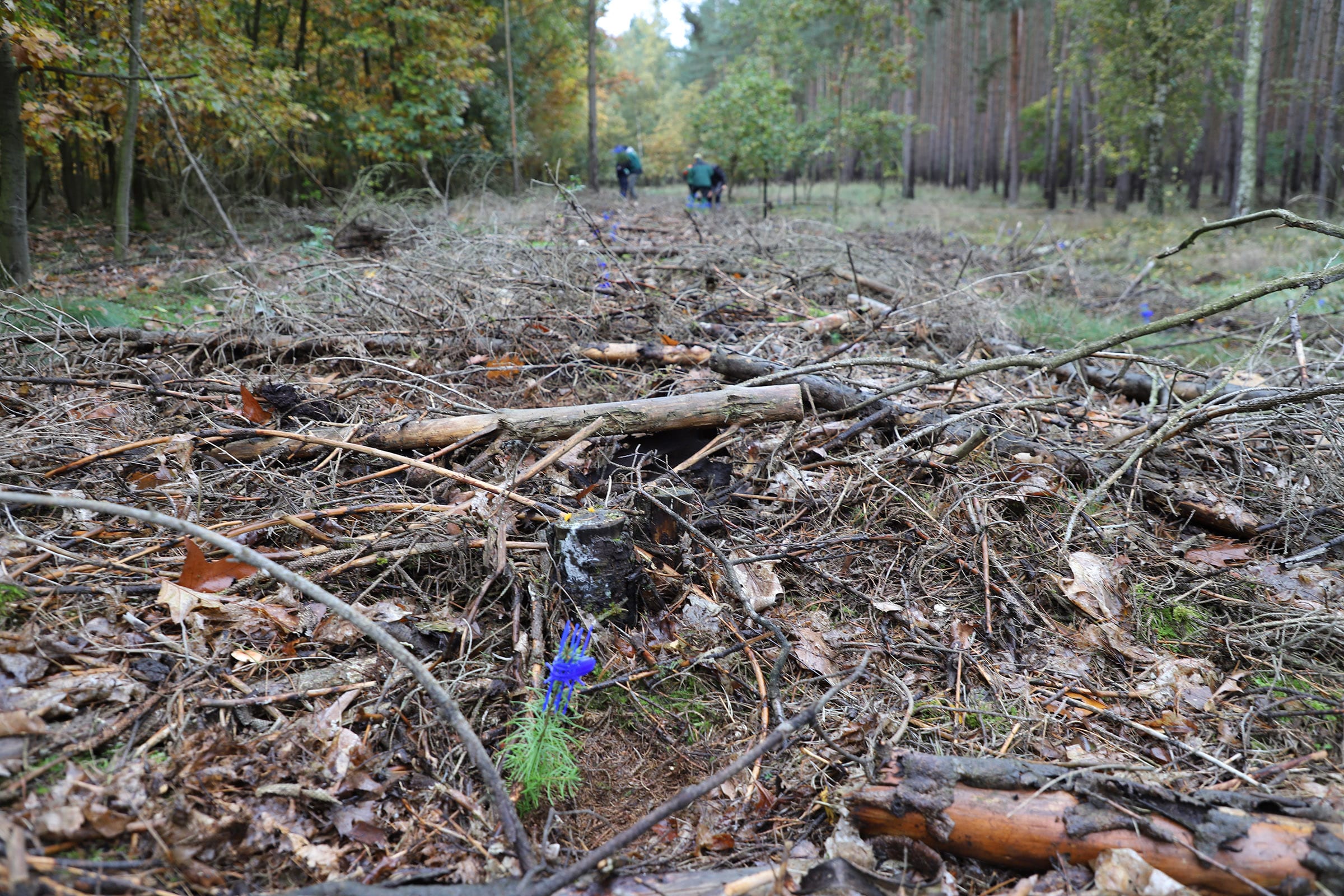
Mercer Holz, through the GFGF programme, has provided several hundred Douglas firs at this stage and this will continue to grow as the programme matures. Ingo remains vigilant, protecting the young tree saplings from fallow deer and roe deer, who love the young tender plants.
According to the district manager, there needs to be re-education for the public to understand the reasoning behind selecting non-native trees instead of what Germans consider ‘native to the area’. There is much misunderstanding: our original German forests were never single-species and this has inadvertently led to what is happening now. The ‘original’ forests were always mixed: and this is a move by Mother Nature to ensure the integrity, strength and longevity of forests remain high. We understand this within the animal kingdom—so why can’t we see the same in the plant kingdom?
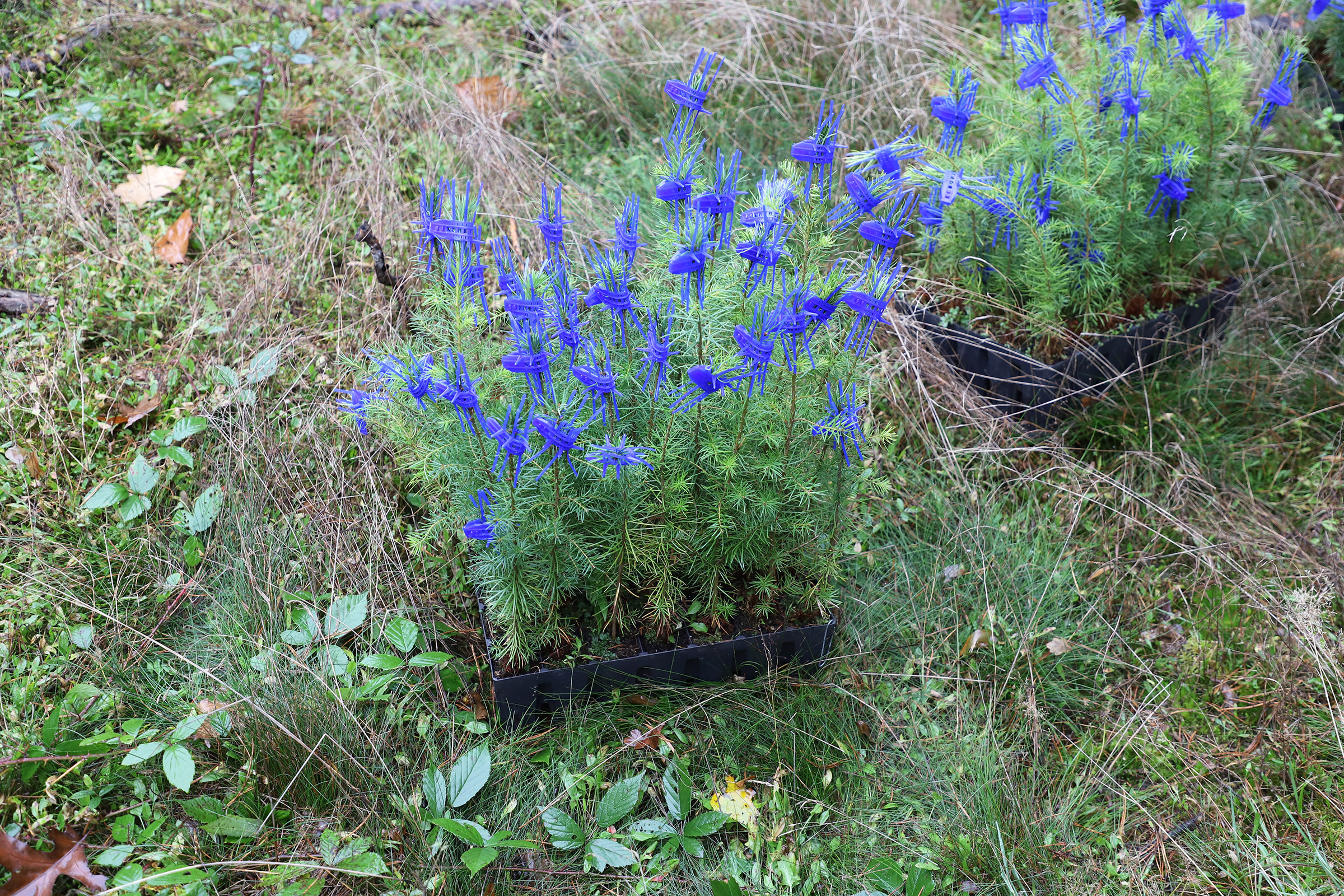
Ingo also stresses the need for the people of Germany to be aware of the actions of the foresters in forests across Germany. Very often, he finds himself in conversations with the public in the forests who have differing—but firm—opinions with what forest management should and should not be doing. Some people think forests should be left alone to regenerate in their own time but others want constant—and unending—supply of firewood to provide natural warmth to their homes as they see it as ‘renewable energy and heating’ and they call it ‘sustainable’ (as opposed to fossil fuel). Neither one is sustainable. As a forester, Ingo sees the need for all three—resource, recreation and preservation—as equal importance. This inspires his work and this is what he says in these conversations—even to schoolchildren during their forest excursions.
